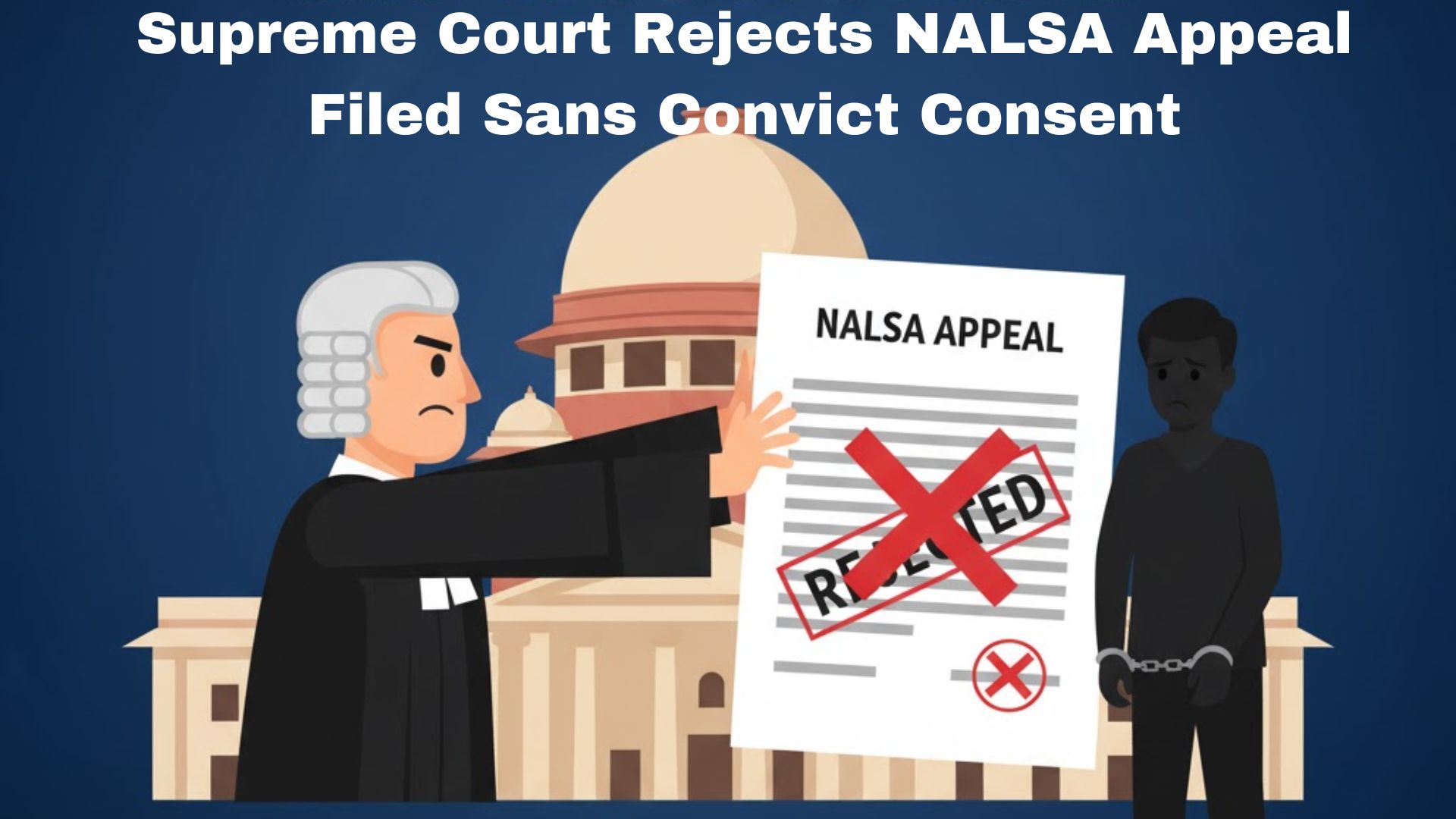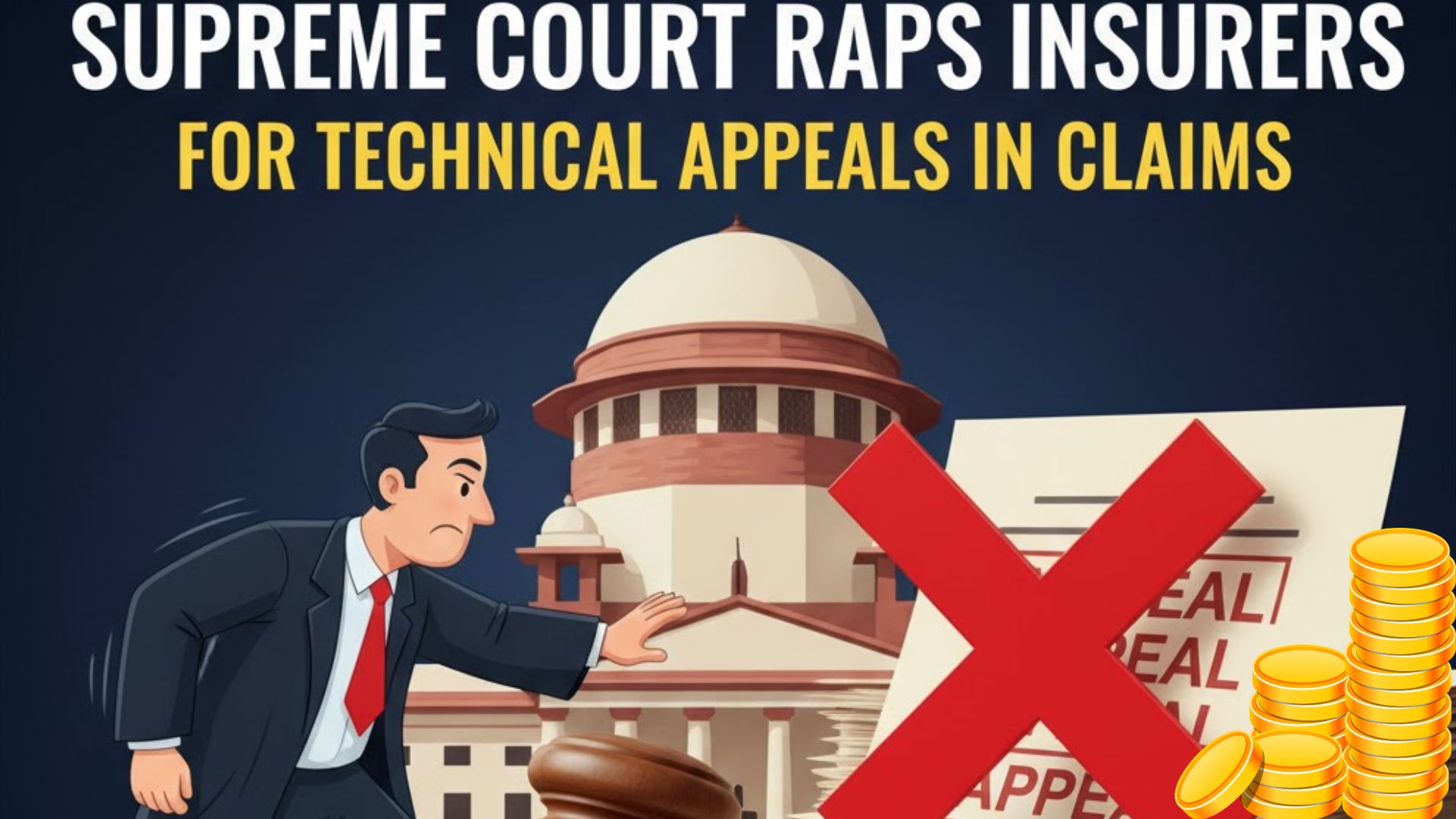M.H. Kania, J.@mdashThe Appellants before us were the defendants and the two Respondents were the plaintiffs in the Civil Suits Nos. 294 of
1979 and 421 of 1979 respectively, in the court of the learned Sub-Judge, Palwal. Both these suits raised common questions of fact and law and
were decided by a common judgment.
2. We shall refer to the parties by their original descriptions in the suit. There is no controversy about most of the facts relevant for the disposal of
this Appeal.
3. The plaintiffs are the owners of two houses adjacent to each other and also to the property of the defendants. The defendants had a structure on
their own property. On the roof of that structure they had made three morries (narrow outlets for the outflow of dirty water). These morries
opened towards the property of the plaintiffs. In an earlier suit, the defendants had obtained an injunction directing the plaintiffs not to block the
flow of dirty water from the said three morries. The defendants were, however, permitted to fix up pipe lines of a suitable size at their own costs to
receive the said water and carry it to a nali (drain) towards the East of their houses. The plaintiffs complied with the terms of the decree granting
the said injunction. The defendants then raised the height of the first floor of their structure by three feet and on a part of the terrace over the first
floor they constructed two additional storeys. In raising the height of the roof over the first floor, the defendants blocked the three original morries
and opened three new morries on the roof over the first floor and opened six more morries on the respective terraces over the second and third
floors in the new construction. They opened all the morries in such a way that the outflow of water from all the said morries was directed towards
the properties of the plaintiffs. The defendants also constructed new windows which opened towards the houses of the plaintiffs. The plaintiffs
blocked these new windows by raising the height of their respective walls and the defendants claimed the right to break these walls which
obstructed the view from their new windows. On these facts, the plaintiffs filed the said suits in the court of the learned Sub-Judge praying for a
permanent injunction restraining the defendants from using the said new morries and from opening the said windows. The plaintiffs claimed that the
outflow of water from the said morries damaged their properties. During the course of hearing the suits, there was a spot inspection by a learned
Sub-Judge in the end of May 1979. In that inspection, it was noted that there were no signs of the old morries and that six new morries were
opened by the defendants on the upper storeys newly constructed by the defendants and that six new windows were also constructed by the
defendants on their upper storeys. The plaintiffs claimed that by closing the old morries, the defendants had lost their right of easement to discharge
water through their old morries and, in any event, as six more morries in all were constructed in their building by the defendants they had increased
the burden of easement on the properties of the plaintiffs. The defendants had no right to do this. The plaintiffs further contended that they were
entitled to block the new windows opened by the defendants by raising the height of their walls and that the newly constructed windows had
affected their right of privacy. The learned Sub-Judge granted the injunction as prayed for by the plaintiffs. The defendants filed an appeal which
was disposed of by the learned Additional District Judge II, Faridabad. The learned District Judge in the course of his judgment has pointed out
that there is no street or narrow gali between the properties of the plaintiffs and the defendants as appears to have been in existence at the time
when the earlier suit, where the defendants had secured an injunction as stated earlier, was decided. He has further pointed out that the nine new
morries opened by the defendants are causing heavy damage and loss to the respective houses of the plaintiffs. The Second Appeal preferred by
the defendants to the High Court of Punjab and Haryana was dismissed in limine. The present Appeal has been preferred by the defendants against
the judgment of the High Court by Special Leave granted under Article 136 of the Constitution.
4. Mr. Iyenger, learned Counsel for the Appellants, has made two submissions before us. His first contention was that the owner of an easement
was entitled to alter the mode and place of enjoying the easement as laid down in Section 23 of the Indian Easements Act, 1882. The second
contention was that the right of privacy cannot be established except by pleading and proof of a customary right which has not been done by the
plaintiffs in the present case. Coming to the first submission, we propose to proceed on the assumption that the defendants had acquired the
easement to discharge water from the original roof of his house through the three morries which were previously in existence. The defendants have,
however, not merely altered the position of the said three morries by raising the height of his first storey and the roof thereon but have opened six
new morries so that in the place of three old morries, there are at present nine morries in existence. Now, it is a matter of commonsense that the
outflow of water from the nine morries would be larger than the outflow of water from the three old morries and hence, it must be held that the
burden of the easement has been increased by the action of the defendants. Section 23 of the Indian Easements Act on which reliance was placed
by Mr. lyenger, in terms, provides that the dominant owner may, from time to time, alter the mode and place of enjoying the easement provided
that he does not thereby impose any additional burden on the servient heritage. In the present Appeal before us, as additional burden on the
property of the plaintiffs has been imposed by the action of the defendants, the provisions of the said section cannot come to the aid of the
defendants. It was then contended by learned Counsel that, in any event, three of these morries, namely, on the roof of the first floor, which has
been raised by three feet should be directed to be unobstructed because the burden of the easement could not be said to be increased by the
same. There is no basis for granting such relief. The original three morries are no longer in existence and out of nine morries opened by the
defendants, it is not possible to earmark any three morries as exactly corresponding to the old morries, It was for the defendants, if so advised, to
have taken the plea that the three morries on the roof of the first storey merely constitute a change in the mode or place of enjoyment of the
easement which the defendants had. The defendants have, however, not done any such thing and hence we find that the question, as to whether the
three morries on the roof of the first floor would not add to the burden of easement and could be said to be only corresponding to the three old
morries, has not been considered by the courts below. It is not open to the defendants to raise such an issue at this stage. Moreover, permitting the
defendants to take up such a plea would involve remanding the case for further evidence. In the present case, the conduct of the defendants in
opening nine morries in the place of three morries and there by damaging the properties of the plaintiffs is such that no discretion need be exercised
in their favour. In fact, in our view, the conduct of the defendants is such that no interference is called for at their instance in an Appeal by Special
Leave granted under Article 136 of the Constitution.
5. Apart from what we have stated earlier, as pointed out by the learned Additional District Judge in his judgment, when the defendants raised the
height of the first floor and put up additional construction on a part of the terrace of the first floor, it was quite possible for them to make
arrangements to take the water from their morries by pipe lines towards the East of their house so that it could be discharged in the drain or a nali
on that side. Instead of doing this, the defendants have opened nine morries as stated aforesaid towards the houses of the plaintiffs and caused
damage to those houses. There is, therefore, no reason why the discretionary jurisdiction under Article 136 should be exercised to help such
parties.
6. Mr. Iyenger drew our attention to the decision in Harvey v. Walters [1872] L.R. 8 C.P. 162 and two other decisions. The ratio of these
decisions are of no application to the present case before us because in these cases, it was found that by the alteration of the mode or place of
enjoyment of easement, the burden on the servient heritage was not increased whereas, as pointed out earlier, that is not the situation in the case
before us.
7. As far as the question of opening of new windows is concerned, it is open to the defendants to use their property in any manner permitted by
law; and hence they cannot be restrained from opening new windows, as no customary right of privacy appears to have been pleaded or proved.
This position is not disputed by the plaintiffs. It is, however, equally clear that, if the defendants open any new windows, the plaintiffs are fully
entitled to block the same by raising the height of their walls and the defendants are not entitled to break or damage the said walls or any portion
thereof so as to remove the obstruction to their new windows.
8. In the result, the Appeal is dismissed, save and except, that the injunction against the defendants restraining them from opening new windows is
vacated and is substituted by an injunction restraining the defendants from breaking or in any manner damaging or interfering with any of the walls
put up by the plaintiffs or which may be put up hereafter by the plaintiffs on their respective properties to block the new windows opened by the
defendants.
9. As far as the miscellaneous Petitions are concerned, there will be no order on the Contempt Petition. The interim stay granted by this Court shall
stand vacated. There will be no order as to costs in these Petitions.
10. The Appellants (defendants) shall pay to the Respondents (plaintiffs) the costs of the Appeal.

